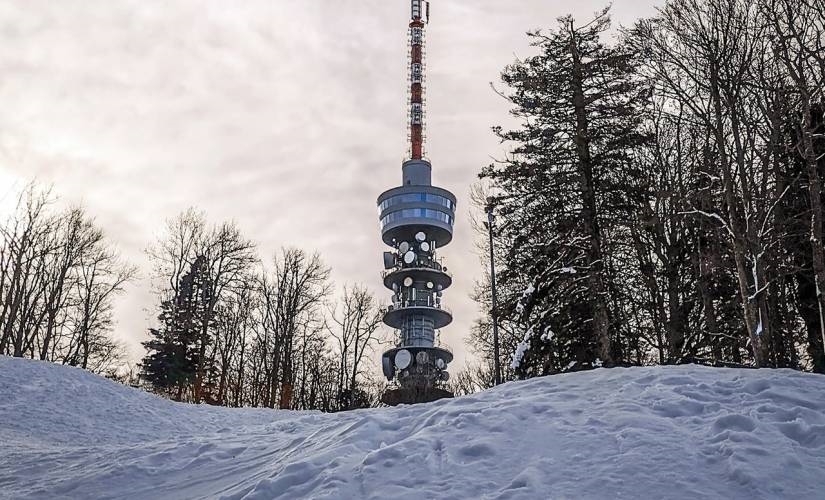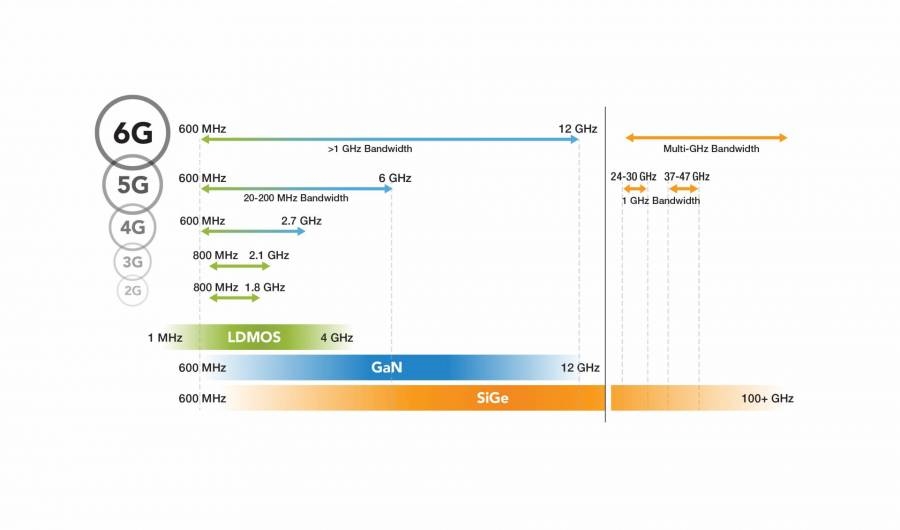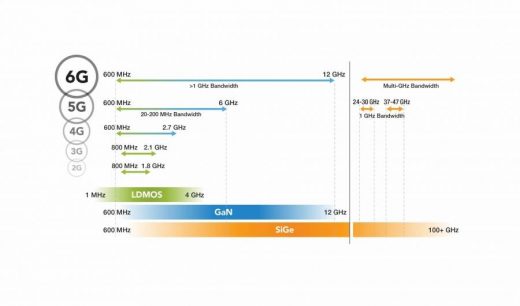The 5G Revolution has Barely Begun
The 5G Revolution has Barely Begun

Though many of you reading this story might be accustomed to seeing the 5G icon on your smartphone or tablet, the rollout of this technology is still somewhat in its infancy, and it’s easy to get complacent about its impact since we’ve been talking about it for so long.
The 5G Revolution has Barely Begun
It’s time to remind ourselves that 5G is a transformational tech, and we’ve barely begun to experience its benefits.
The Promise
5G wireless networks promise speeds that are at least 10 times faster than existing 4G networks (Verizon claims for their network it’s 20 times faster) and latency that’s more than halved, from 4G’s average 20-30 milliseconds to below 10.
The 5G sustainability benefits are enormous as well: a recent study (telecompetitor dotcomstudy) showed that 5G networks are up to 90% more energy-efficient than 4G, which was attributed mainly to how technologists and manufacturers design and produce hardware and software today with a greater emphasis on efficiency.
Faster gaming, streaming and interactivity.
Consumers will see faster gaming, movie streaming, and interactivity using wearables and smartphones for everything ranging from transactions to health. Autonomous driving and industrial automation will use it to communicate faster and more efficiently, thereby delivering safety and performance benefits. Cities will rely on it for better integration between infrastructure, buildings, and roads.
5G mobile internet connectivity will be a huge leap forward in terms of increased speed, greater capacity, and reduced latency. It could deliver a $ 2 trillion boost to global GDP by 2030 in health care, manufacturing, transport and retail alone.
The Challenge
To power the millions of projected additional cellular base stations necessary to support this next-gen level of connectivity around the world, we will need to do three things: Amplify signals to higher frequencies than previous generations of cellular, do it while using less energy, and operate within the same footprint (i.e., existing 4G towers will be upgraded when available and possible).
Though there are forecasts for 5G networks to triple this year and reach 3.6 billion users in 2025, only a third of the world’s countries have access to 5G today. It’s helpful to review the key components that are still being developed, refined or iterated, and which are driving this roll-out.
Power Amplifiers
First, Power Amplifiers (or base stations). In the signal chain of a cellular base station, the PA sits between the transmitter and the antenna and takes a low-level RF signal coming from the transmitter and boosts its power to the level required by the antenna. 5G needs more of them for faster speeds and greater coverage.
Several new base station architectures are being deployed, including enhanced macro base stations and remote radio heads, small cells, and a new generation of active antenna solutions (mMIMO systems or massive multiple-input, multiple-output antennas).
Radio Frequency
Second, RF. Radio Frequency or radio waves are transmitted and received between devices and base stations through mobile networks of all generations, including 5G.
Radio Frequency electromagnetic fields use a range of frequencies that are lower than microwaves and used to “carry” information over long distances. RF is normally applied to frequencies up to 1 GHz, above which frequencies are called “microwaves,” then “millimeter waves,” “infrared,” and “light.”
Other Frequencies
Third, “Other” Frequencies. New frequencies have been put to work with each generation of mobile broadband, with 5G claiming more bandwidth than its predecessors. 5G’s speed will rely heavily on its use of higher radio frequencies. The FCC has recently made it a priority to auction vast amounts of high-band spectrum, while also providing additional and improved mid-band, low-band, and unlicensed bands.
GaN
Fourth, GaN. GaN technology, or gallium nitride, is a compound with semiconductor properties beneficial in higher power situations such as 5G. GaN semiconductors offer benefits such as higher temperature limits, greater power handling capabilities, and faster switching speeds.
GaN outperforms other semiconductor technologies in RF applications for power-hungry applications such as those required to transmit signals over long distances or at high-end power levels (such as base transceiver stations).
GaN is so essential to the 5G buildout that we recently opened a GaN fabrication facility in Arizona that is the most advanced facility dedicated to semiconductor manufacturing in the U.S.
LDMOS
Fifth, LDMOS. This semiconductor is used in amplifiers, including those powered by microwaves, RF power and audio power.
In contrast to GaN, it can be cheaper, and it’s a fully matured solution (i.e., tested over more time) for high power applications requiring operation in lower spectrums. The decision between using LDMOS or GaN technology is a consideration of performance trade-offs and cost.
LDMOS is expected that the cost of GaN will reduce with wider industry adoption in combination with technological advancements.
SiGe
Sixth, SiGe. Silicon-Germanium (SiGe) is a semiconductor technology that offers the high-speed, high-frequency performance of wireless applications. It is also low cost and highly reliable, and able to reduce the size and power needs of WiFi and cellular phones.
It also provides the potential for integrating analog, RF, and digital functions on a single integrated circuit and strongly complements GaN and LDMOS technologies.
Conclusion
As you can see, the road to full implementation of 5G worldwide is still in its early days and will involve significant additional innovation and commitment. The promise is clear, as are the requirements to achieve it.

The revolution has barely begun.
Image Credit: graphic provided by the author; thank you!
Top Image Credit: marko klaric; pexels; thank you!
The post The 5G Revolution has Barely Begun appeared first on ReadWrite.
(22)


